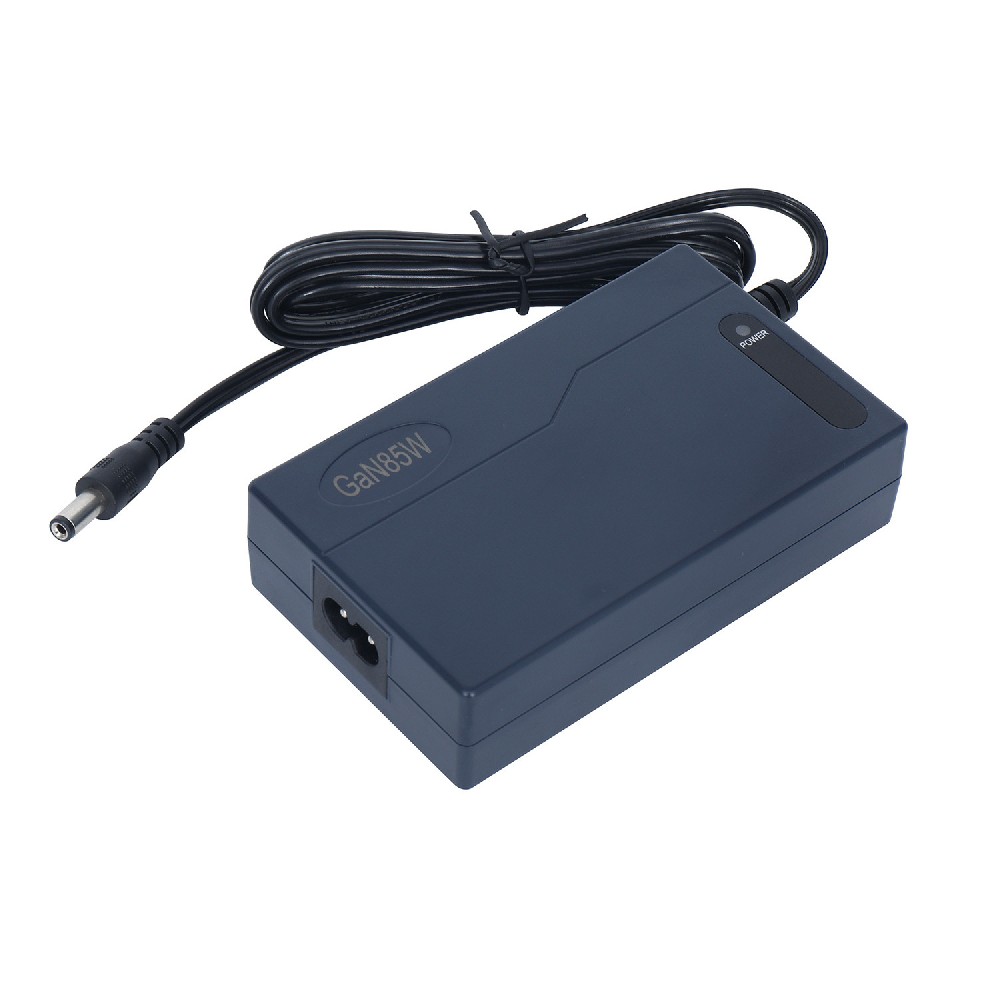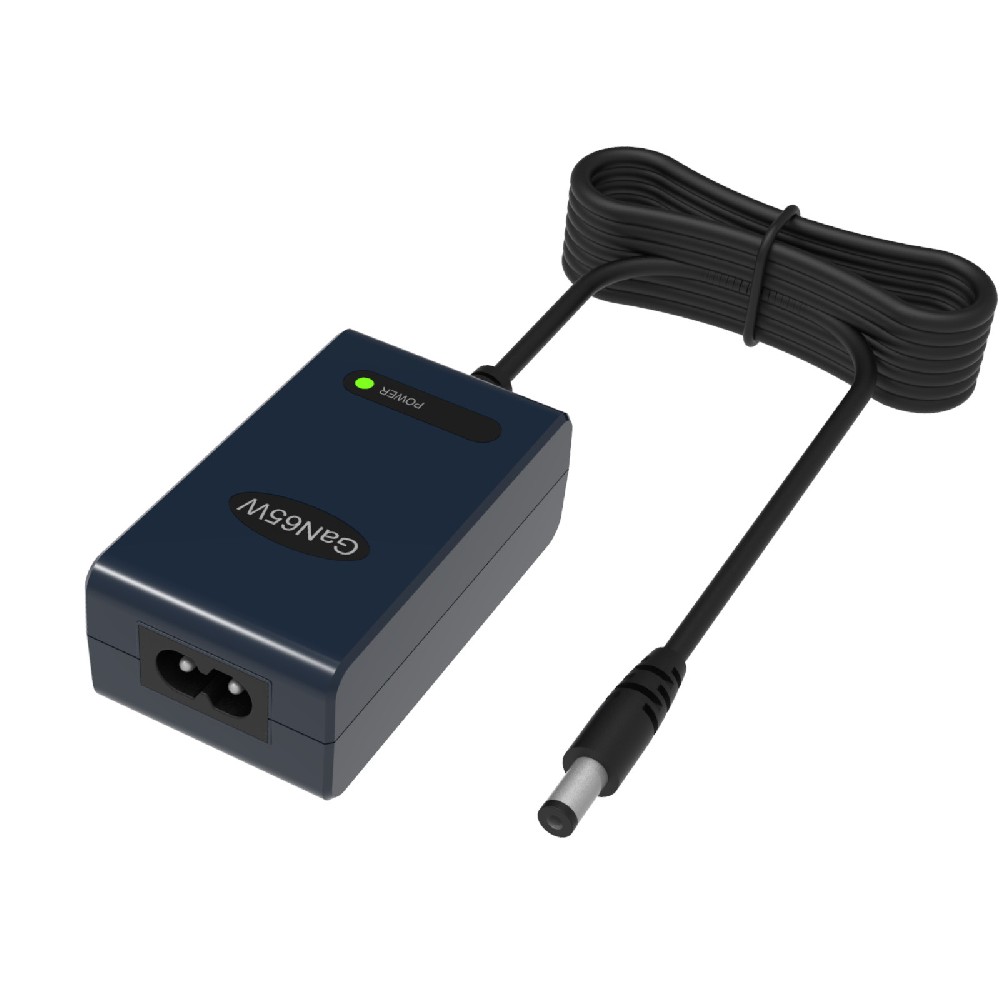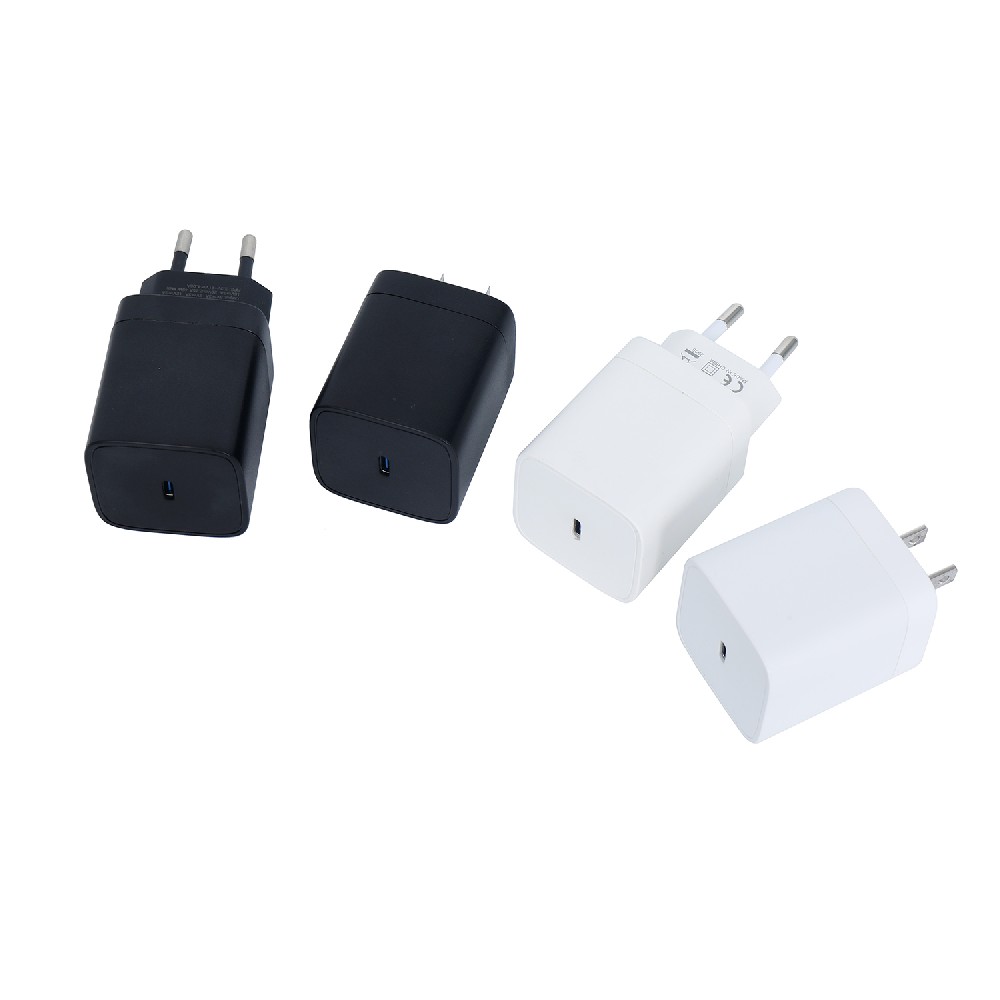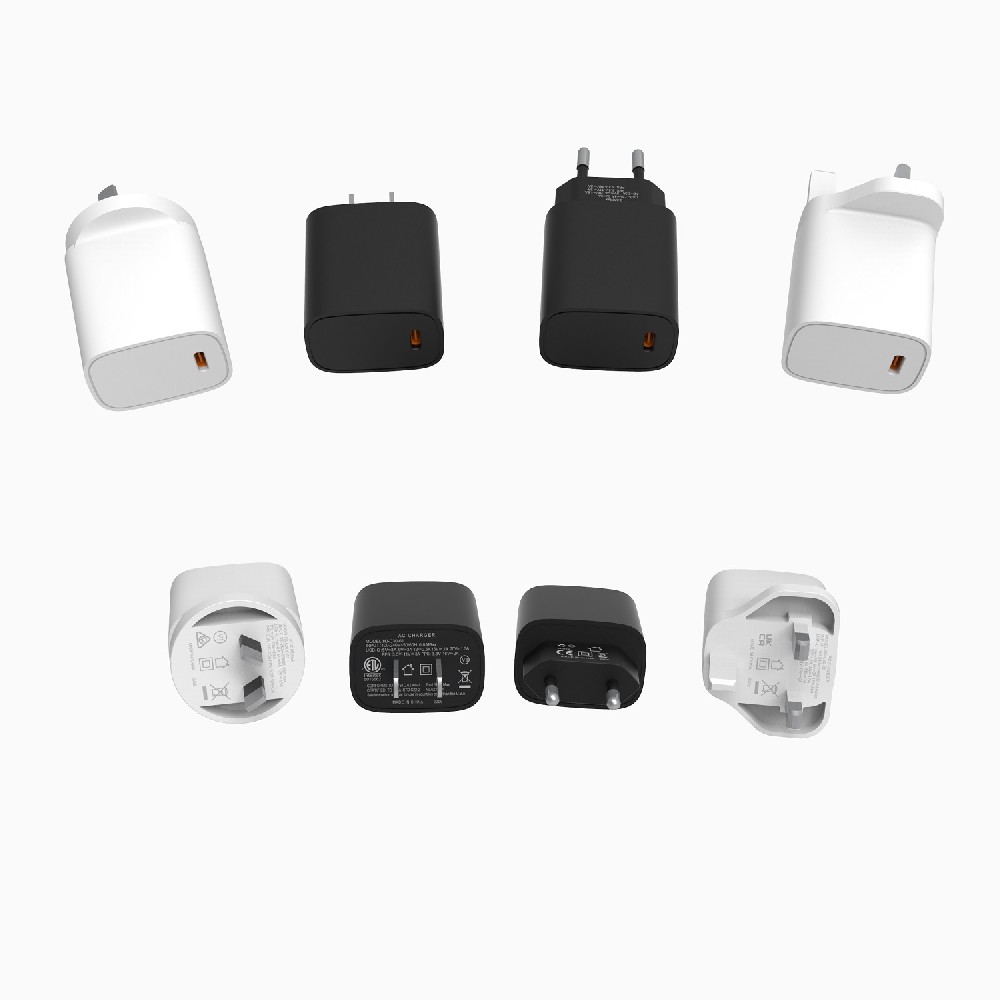Information Center
The Definitive Guide to Charging Your Li-Ion Battery: Simplified and Safe
Published:2023-06-07 10:32:56 Author:Green WCND Views:42Li-Ion Battery Charger Instructions: The Ultimate Guide
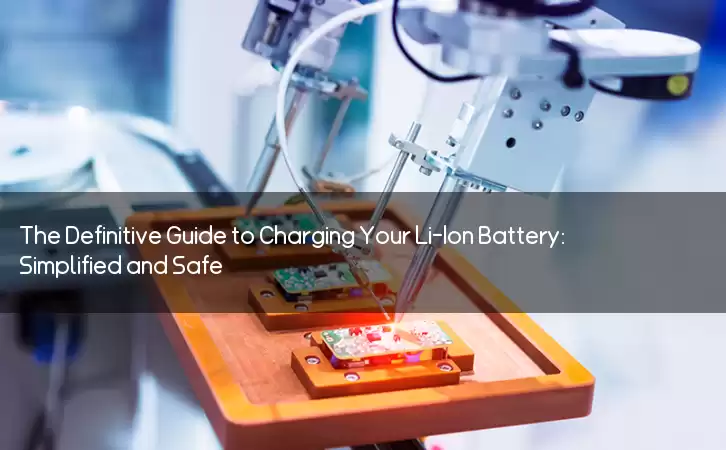
Are you tired of reading complicated and confusing battery charger instructions? Look no further! Here is the ultimate guide to using a Li-Ion battery charger.
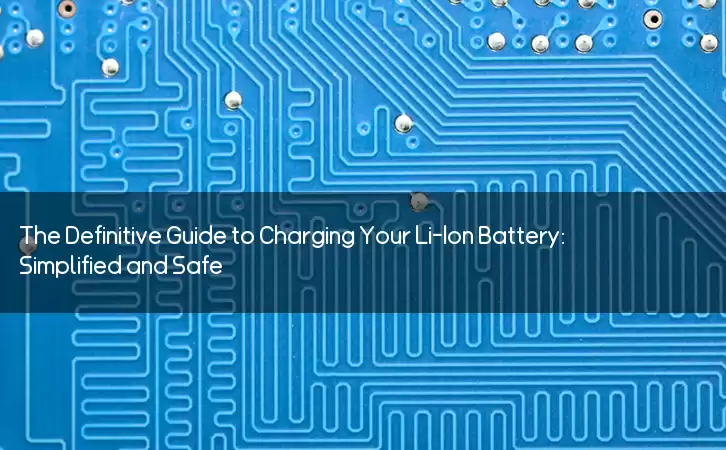
First, make sure that you have the correct charger for your battery. Li-Ion batteries have a specific charging voltage and current range, and using the wrong charger can damage the battery or even cause it to explode. Check the label on your battery or consult the manufacturer’s website to find the correct charger specification.
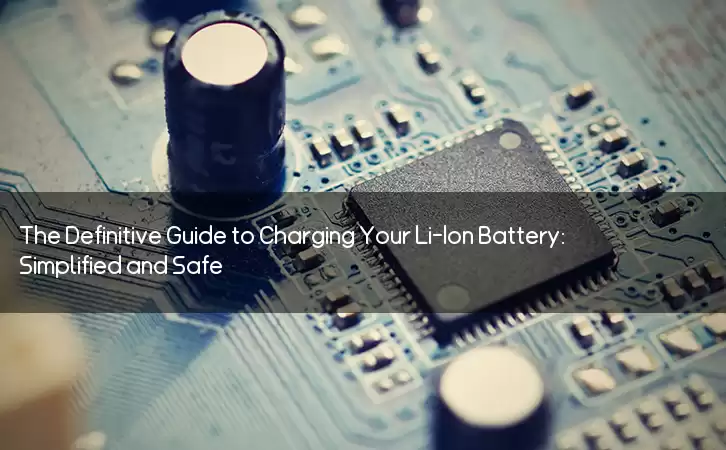
Next, plug the charger into a power outlet. Make sure that the outlet is grounded and can provide enough current for the charger’s rating. A typical Li-Ion battery charger requires 100-240 volts AC input and can output 1-2 amps of current, depending on the battery capacity.
Now, connect the battery to the charger. Most Li-Ion batteries have a connector that matches the charger’s plug, such as a micro-USB, USB-C, or barrel jack. Make sure that the polarity of the connector is correct, i.e., the positive (+) and negative (-) pins match the corresponding terminals on the battery. Some chargers may have a reverse-polarity protection circuit, but it’s better to be safe than sorry.
Once the battery is connected, the charger should detect its voltage and current level and start charging automatically. Most Li-Ion chargers use a constant-current, constant-voltage (CCCV) charging method, which means that they supply a fixed current to the battery until its voltage reaches a certain threshold, and then switch to a constant voltage until the current drops to a minimum.
During the charging process, the charger may display some indicators or signals to show the status of the battery. For example, it may light up a LED or change the color of the LED to indicate charging, fully charged, or error conditions. Some chargers may also emit a beep or a vibration to alert the user when the charging is complete or when there is a problem.
It’s important to monitor the battery and the charger while they are charging, especially if it’s the first time you are using them or if they are old or damaged. If you notice any unusual behavior, such as excessive heating, sparking, smoking, or swelling, stop charging immediately and disconnect the battery and the charger. These are signs of a potential fire or explosion hazard and should be reported to the manufacturer or a qualified technician.
Once the battery is fully charged, disconnect it from the charger and unplug the charger from the power outlet. Do not leave the charger plugged in or connected to the battery for an extended period, as it can overcharge or damage the battery. Store the battery and the charger in a cool, dry, and ventilated place, away from heat sources, moisture, or flammable materials.
In summary, using a Li-Ion battery charger is simple and safe if you follow these instructions:
1. Use the correct charger for your battery. 2. Plug the charger into a grounded power outlet. 3. Connect the battery to the charger with the correct polarity. 4. Monitor the battery and the charger for any unusual behavior. 5. Disconnect the battery and the charger when charging is complete. 6. Store the battery and the charger in a safe place.
With these tips, you can enjoy the convenience and reliability of Li-Ion batteries and chargers without any hassle or danger.
Power Adapter Design and Customization Guide for Portable Electric KettlesI. Common Design Types for Portable Electric Kettle Power AdaptersPortable electric ke···
I. Common Design Types of Power Adapters External Independent Type (Most Common) Design: A standalone adapter (e.g., "black brick") connected to the p···
Handheld Vacuum Cleaner Power Adapter Selection GuideIntroductionHandheld vacuum cleaners have become a mainstream tool for household cleaning due to their port···
Drill Power Adapter Selection Guide.drill-container { font-family: Arial, sans-serif; line-height: 1.6; max-width: 800px; margin: 0 auto; padding: 20px; } .dril···
